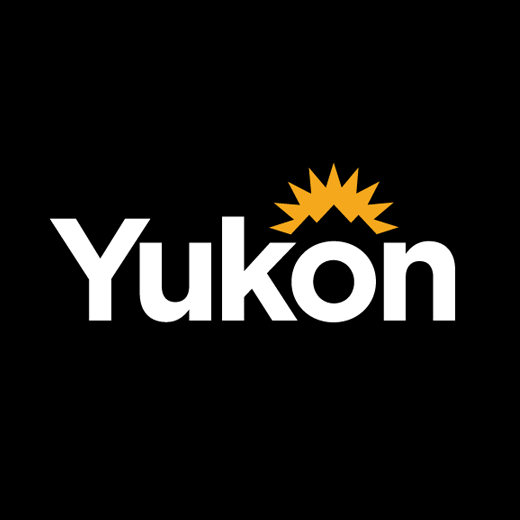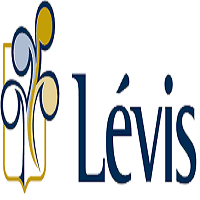point
Type of resources
Topics
Keywords
Contact for the resource
Provided by
Formats
Representation types
Update frequencies
status
-

Yukon high resolution satellite imagery is distributed from the Government of Yukon imagery repository. This is a dynamic service containing satellite imagery for locations in the Yukon, Canada. This data is hosted in Yukon Albers equal area projection. It can be viewed and queried in the GeoYukon application: [https://mapservices.gov.yk.ca/GeoYukon](https://mapservices.gov.yk.ca/GeoYukon). For more information contact geomatics.help@yukon.ca.
-

Traditional territories of Yukon first nations and settlement areas of Inuvialuit and Tetlit Gwich'in within the Yukon Territory. A Traditional Territory is an area of the Yukon that the people of a First Nation have traditionally used. A First Nation's Settlement Lands fall inside the boundaries of its Traditional Territory. A First Nation does not own its Traditional Territory, but the First Nation and its benificiaries have a number of rights within their Traditional Territory, both on and off of Settlement Land. This data was built using the 1:250,000 National Topographic Data Base (NTDB) data as the base and the 1:500,000 hardcopy traditional territory maps as signed by individual First Nation chiefs on November 8, 1988 for the line work. The White River First Nation asserted traditional territory boundary in this dataset was updated on November 7, 2024. The Acho Dene Koe First Nation asserted traditional territory boundary in this dataset was updated on June 16, 2025.
-

List of specific civic addresses in the territory of Lévis**This third party metadata element was translated using an automated translation tool (Amazon Translate).**
-

Attack bases are locations where fire response is delivered from. Distributed from [GeoYukon](https://yukon.ca/geoyukon) by the [Government of Yukon](https://yukon.ca/maps) . Discover more digital map data and interactive maps from Yukon's digital map data collection. For more information: [geomatics.help@yukon.ca](mailto:geomatics.help@yukon.ca)
-

Fire management zones help guide how wildfires are prioritized and managed and show where wildfires may be used to achieve ecological objectives. Zones are based on relatively constant factors, such as the level of human use or development and the presence of reliable fuel breaks. Distributed from [GeoYukon](https://yukon.ca/geoyukon) by the [Government of Yukon](https://yukon.ca/maps) . Discover more digital map data and interactive maps from Yukon's digital map data collection. For more information: [geomatics.help@yukon.ca](mailto:geomatics.help@yukon.ca)
-

This is point GIS coverage consisting of either fire ignition locations or centroids of fire polygons where the exact location of fire ignition were unknown for fires within the Yukon, spanning a period from 1946 to present. Although the temporal scale of the coverage goes back to late 1940's, Yukon-wide fire detection capability was not fully developed until the 1960's. In addition to this, access to regular aerial mapping was not readily available until that same time period. As a result many fires in the 40's and 50's were simply not recorded or poorly mapped, particularly in the north. For that reason, care must be taken when drawing conclusions from these data as it relates to the early years. Starting 2020 on the data was automatically updated using iFMS. Distributed from [GeoYukon](https://yukon.ca/geoyukon) by the [Government of Yukon](https://yukon.ca/maps) . Discover more digital map data and interactive maps from Yukon's digital map data collection. For more information: [geomatics.help@yukon.ca](mailto:geomatics.help@yukon.ca)
-

::: (style="text-align:Left;") Traditional territories of Yukon first nations and settlement areas of Inuvialuit and Tetlit Gwich'in within the Yukon Territory. This data was built using the 1:1,000,000 Digital Chart of the World (DCW) data as the base and the 1:500,000 hardcopy traditional territory maps as signed by individual First Nation chiefs on November 8, 1988 for the line work. The White River First Nation asserted traditional territory boundary in this dataset was updated on November 7, 2024. The Acho Dene Koe First Nation asserted traditional territory boundary in this dataset was updated on June 16, 2025. :::
 Arctic SDI catalogue
Arctic SDI catalogue